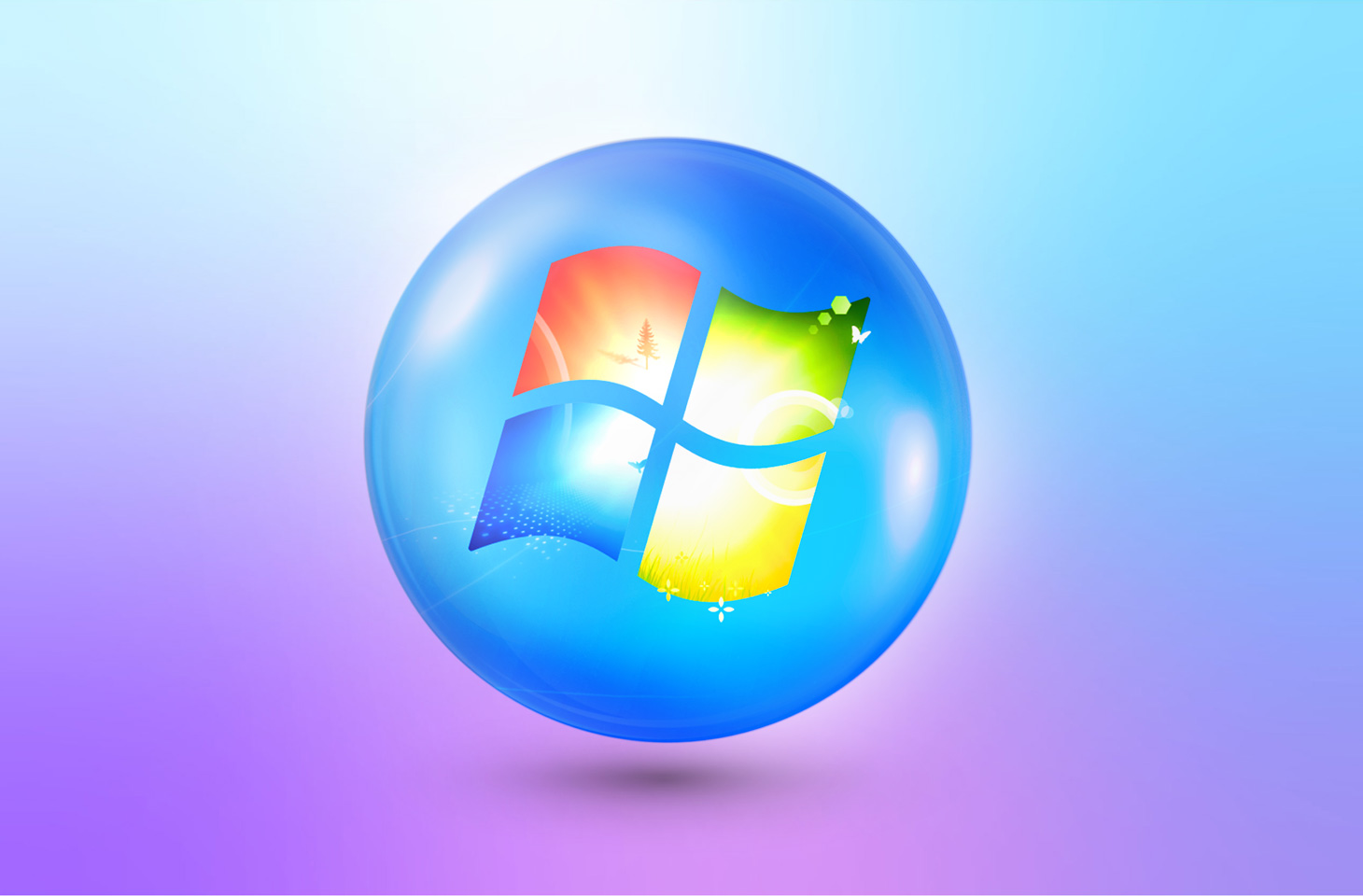All good things must come to an end, and the time has finally come to say goodbye to Windows 7. As of January 14, 2020, Microsoft has officially stopped supporting the operating system, which means no more automatic (or requested) downloading and installation of updates and fixes, and no patching of new vulnerabilities.
That vulnerabilities abound in Windows 7 is beyond doubt — and not because Microsoft is bad at programming. Any operating system is a complex beast, consisting of myriad components and many millions of lines of code, so avoiding bugs is impossible without sacrificing speed and convenience. Cybercriminals will always be out there searching for vulnerabilities to exploit, infecting computers with malware, stealing data, taking control of systems, and so on.
In exceptional cases, developers do still patch vulnerabilities in outdated operating systems. However, getting that to happen takes something on the scale of a global pandemic. In 2017, for example, during the WannaCry rampage, Microsoft released updates including for the already discontinued Windows XP and Windows Server 2003.
That update fixed a vulnerability through which the malware had penetrated devices. However, most cyberattacks do not cause such a splash (and hence response from developers). Nevertheless, their relatively modest scale is no comfort to victims.
What to do with Windows 7
If Windows 7 is already installed on your computer, our simplest and best advice is to upgrade to Windows 10. Even if 7 is your soulmate, the current version of the operating system is more reliable — and peace of mind and data security are worth the couple of hours needed to install and get used to it.
If for some reason you can’t upgrade to Windows 10 — hardware or software compatibility issues — and must stick with Windows 7, you will have to take charge of security yourself. First off, you need protection that blocks the exploitation of unpatched vulnerabilities.
Kaspersky security solutions include Kaspersky Exploit Prevention, which prevents the exploitation of previously unknown bugs. It was this technology that enabled us to detect several zero-day vulnerabilities in Windows, including CVE-2018-8589, CVE-2019-0797, and CVE-2019-0859.
Exploit Prevention is integrated in our security solutions for both home and business users. Here’s how to enable it:
- Open settings by clicking the gear in the bottom left corner of the application.
- Go to Protection.
- Select System Watcher.
- Under Automatic Exploit Protection, select the Monitor attempts to perform unauthorized operations checkbox.
- Select what to do with suspicious actions. On an unsupported system, blocking is the best option.
 windows
windows

 Tips
Tips